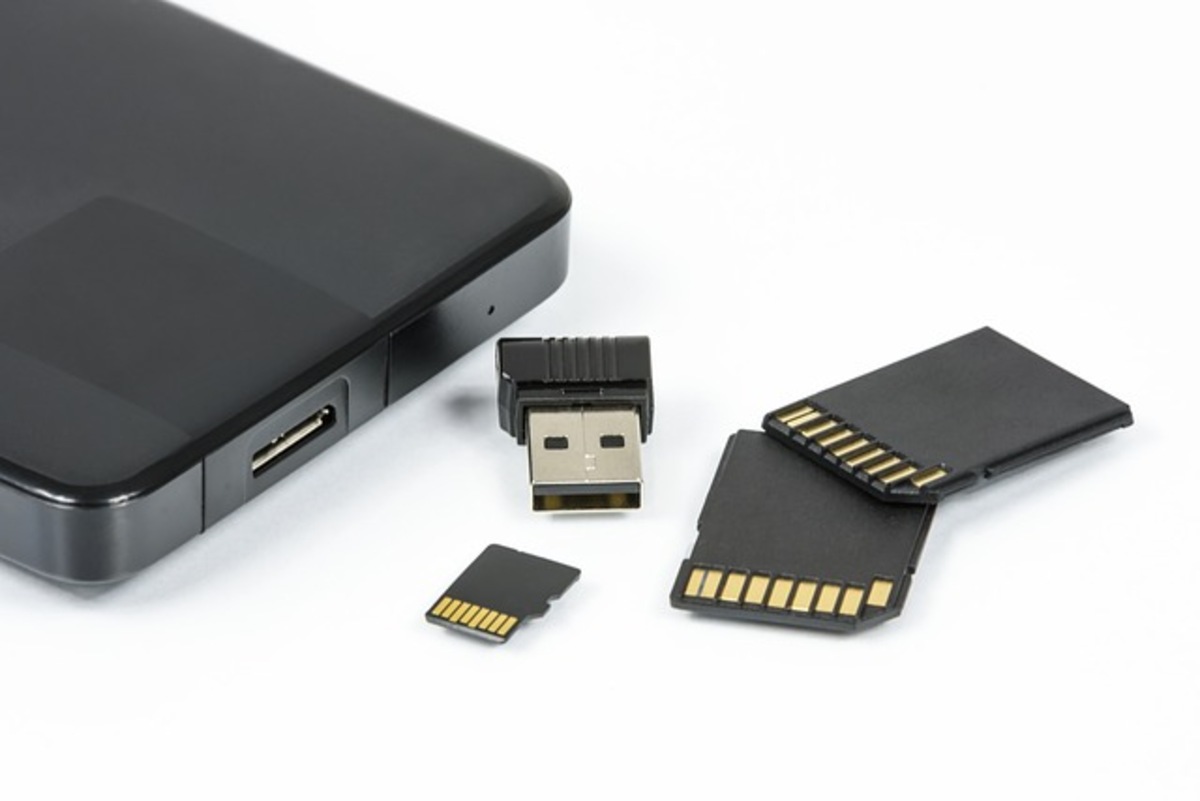CHOOSING A NEW HARDWARE DRIVE
Installing a new hard drive doesn’t take more than a few minutes, and the process itself is relatively straightforward. The first step is to buy a new hard drive compatible with your computer by checking the manufacturer’s specifications against those listed in your motherboard handbook and the operating system’s documentation. Next, you’ll need to determine how much space you’ll need on your new drive and any other criteria, such as cost, that you think are important.
INSTALLATION PREP
After purchasing a new hard drive, the next step is getting everything ready for installation. I would start by installing the drive’s included software. After this is done, it is time to consider precautions. First, turn off the machine (ideally, unplug the tower). Now take off the cover to expose the inner workings of your device. Most machines can be opened by removing a few screws and a side panel, but there are always exceptions. Sometimes you have to take off the front of the machine as well. If you have an anti-static bracelet, put it on once the case is open; if not, keep touching the metal edges of the chance to discharge the static. This will protect the machine’s delicate internals from harm.
PLACING JUMPERS (This is for IDE Only)
You must set jumpers to configure the drive you are about to install. For example, if the new industry you’re installing will be the only device on its IDE channel, you’ll need to configure it to a single-drive configuration before installing it. If there are two drives on an IDE channel, the first one must be configured as the master, and the second one must be set as the slave. On the top of the hard drive enclosure are usually schematics of the jumper settings. If you don’t have it, check the paperwork that came with your new drive. Once you know where to find the jumpers and how to change them, you can configure your campaign with a pair of needle-nose pliers.
SETTING UP THE NEW MOTOR
Begin your search for a free drive bay by going to the front of the tower. Insert the new hard drive into the same bay as the old one, if possible, while doing a hard drive replacement. Simply remove the old drive by unscrewing its screws and sliding it out of the bay. You should leave a free bay if you intend to use the old industry alongside the new one. Some cases have removable bays that can be popped out to make room for the hard drive, while others have stationary basins that force you to attach the industry from the case’s interior. The technique is straightforward regardless of whether the bay has been removed from the enclosure; place the hard drive in the bay, make sure the screw holes align, and secure it with the provided screws. After ensuring the screws are securely placed, you may put the bay back in place.
JOINING THE WIRES
We plan to run the wires from this location. You will need to connect an IDE cable or a SATA cable to your new hard drive, depending on the model of movement you purchased. To swap out a hard drive that uses IDE, you have to plug the new drive into the same cable as the old one. If replacing an existing hard drive with a new one, you must use two lines, one for each purpose. If you want the best performance, use two wires instead of one. One IDE cable should be used for the faster drive, likely the one you were already using, and the other for the slower purpose. If you’re using IDE cables, which have significant black connections that are impossible to overlook, you should now check that they’re correctly attached to the appropriate slots on the motherboard. If you are unsure where these connectors are on your Drive or motherboard, consult the individual instructions.
FOLLOWING SETUP
Now that you’ve installed your new hard drive, you can check to see if it’s working by restarting your computer, plugging it in, and turning it on.
Finished! That wasn’t so difficult.
How to Get Started in the Computer Repair Industry.
Read also: https://mycheapseo.com/category/technology/
